Aging Population
The increasing number of elderly individuals worldwide is a primary driver of the Disability Devices Market. As populations age, the prevalence of disabilities and mobility impairments rises, necessitating a greater demand for assistive devices. According to recent statistics, approximately 15% of the global population is aged 60 and over, a figure projected to reach 22% by 2050. This demographic shift indicates a growing market for mobility aids, hearing devices, and other assistive technologies. The Disability Devices Market must adapt to meet the needs of this expanding demographic, which often requires specialized products tailored to their unique challenges. Furthermore, the aging population is likely to influence healthcare policies and funding, potentially increasing accessibility to disability devices.
Technological Advancements
Rapid advancements in technology are reshaping the Disability Devices Market. Innovations such as smart mobility aids, wearable health monitors, and AI-driven assistive technologies are enhancing the functionality and user experience of disability devices. For instance, the integration of IoT in mobility devices allows for real-time tracking and personalized adjustments, improving user independence. The market for smart assistive devices is expected to grow significantly, with projections indicating a compound annual growth rate of over 10% in the coming years. These technological improvements not only enhance the quality of life for users but also attract investment and interest from various sectors, including healthcare and technology, further propelling the Disability Devices Market.
Increased Awareness and Advocacy
There is a growing awareness and advocacy for the rights of individuals with disabilities, which is driving the Disability Devices Market. Organizations and movements advocating for accessibility and inclusion are influencing public perception and policy changes. This heightened awareness has led to increased funding for disability services and products, as well as a push for more inclusive design in consumer products. As a result, manufacturers are compelled to innovate and create devices that cater to a broader audience. The Disability Devices Market is likely to benefit from this trend, as more consumers seek products that not only meet their functional needs but also align with their values of inclusivity and accessibility.
Government Initiatives and Funding
Government initiatives aimed at improving the quality of life for individuals with disabilities are significantly impacting the Disability Devices Market. Various countries have implemented policies that provide financial assistance for purchasing assistive devices, thereby increasing accessibility for those in need. For example, funding programs and tax incentives for both consumers and manufacturers are becoming more common, encouraging the development and adoption of innovative disability devices. This support from governmental bodies is crucial, as it not only alleviates the financial burden on individuals but also stimulates market growth. The Disability Devices Market is likely to see continued expansion as these initiatives evolve and adapt to the needs of the population.
Rising Prevalence of Chronic Conditions
The increasing prevalence of chronic conditions such as diabetes, arthritis, and cardiovascular diseases is a significant driver of the Disability Devices Market. These conditions often lead to disabilities that require assistive devices for daily living. Recent data indicates that nearly 60% of adults in many regions are living with at least one chronic condition, which is expected to rise in the coming years. This trend creates a sustained demand for various disability devices, including mobility aids, prosthetics, and rehabilitation equipment. As healthcare systems focus on managing chronic diseases, the Disability Devices Market is poised for growth, with manufacturers developing specialized products to address the unique needs of this population.


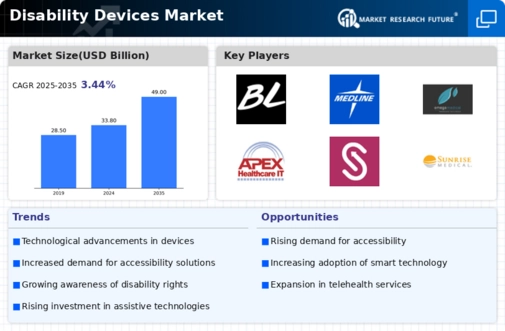
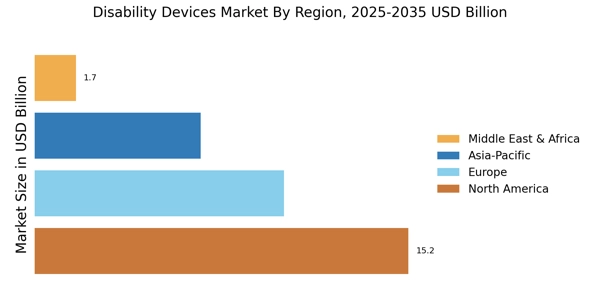
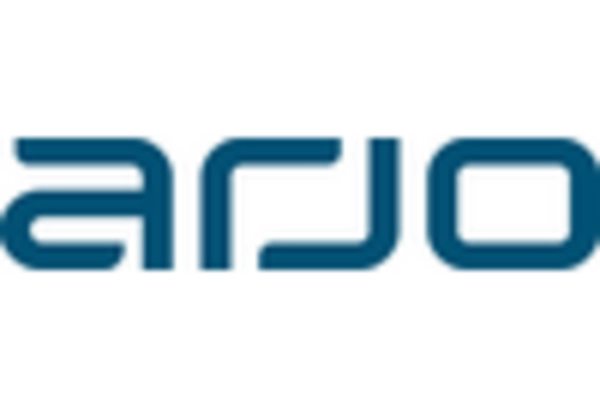

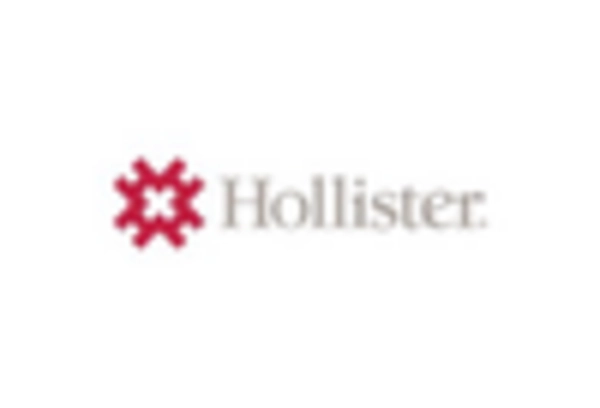
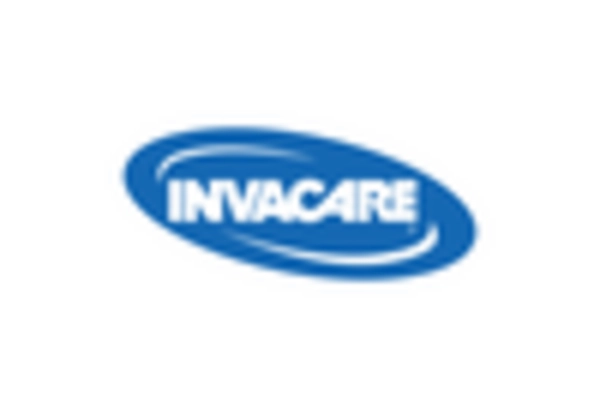
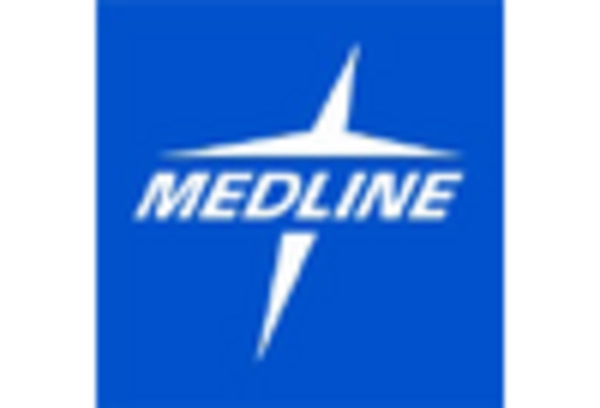
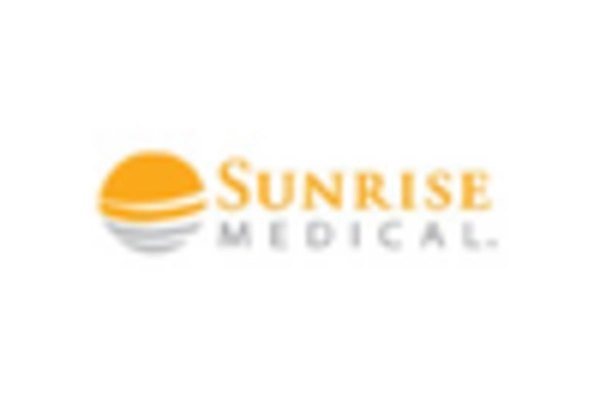








Leave a Comment